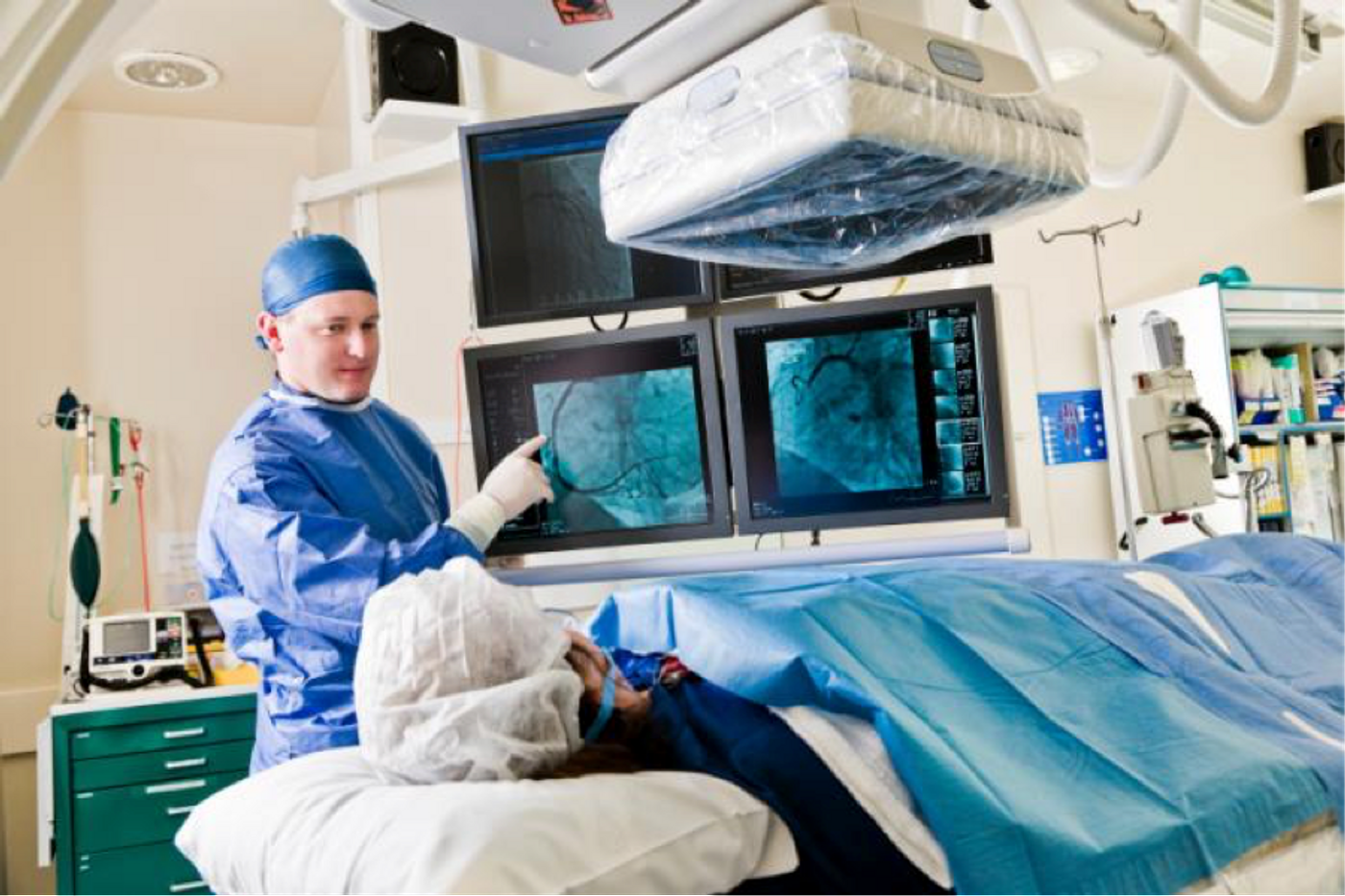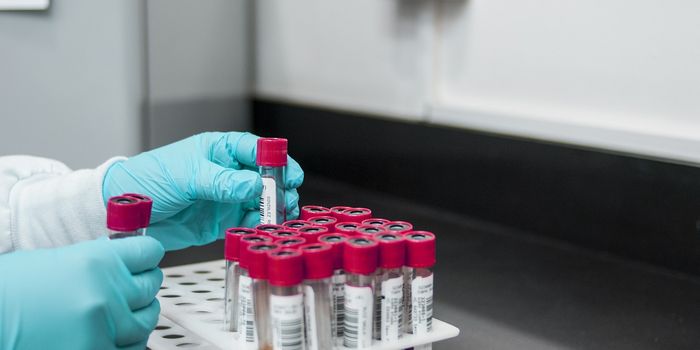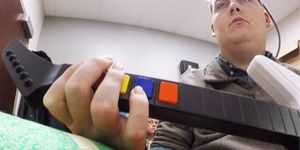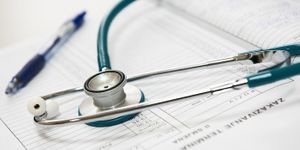As scientists develop new innovations to diagnose and treat medical problems, the emphasis is on patient safety and responses. But what about the healthcare providers who administer these tests? A
new study found that healthcare workers who routinely perform a certain type of radiation-based test are at higher risks for bone problems, cataracts, skin lesions, and cancer. The study highlights the need to reevaluate the safety of these technologies for the healthcare staff.
If you’ve ever gotten a chest X-ray or a dental X-ray, you’d remember that the nurse or healthcare provider in charge usually wears a lead-apron or leaves the room all together. This is to prevent them from being exposed to too much radiation, as their job entails performing quite a number of these procedures every day.
We are exposed to radiation from natural sources every day, all the time. These contribute to a “background” radiation dose of about 3 millisieverts (mSv) per year (mSv is a measure of the body’s absorption of radiation). A dental X-ray has a low radiation dose of 0.005 mSv, whereas a chest X-ray has about 7 mSv. These doses are what the patient is exposed to. And, in theory, healthcare workers should be well-protected so as to have very minimal additional exposure to radiation in their work.
However, in practice, it’s not perfect. And it’s worse for people who work in a hospital’s cardiac catheterization (cath) lab. These labs routinely use fluoroscopy, a technique that relies on continuous X-ray beams for visualization. While essential for procedures like coronary angiography and coronary artery angioplasty, the healthcare worker administering the X-ray is close to the source and not shielded from the radiation. As such, workers in cath labs have the greatest exposure to radiation among all healthcare workers.
"Interventional cardiologists and electrophysiologists have a two to three times higher annual exposure than that of radiologists, as they are closer to the radiological source and experience radiation exposure with the patient, whereas diagnostic radiologists are generally shielded from radiation exposure," said Maria Grazia Andreassi, first study author.
The research team found that cath lab workers are exposed to about 5 mSv of radiation per year. It may not sound like much, but over a 30-year career, that amount adds up to 50-200 mSv, which is the equivalent of 2,500 to 10,000 chest X-rays.
And this leads to increased risks of health conditions, the team found. In comparison to healthcare workers whose duties didn’t expose them to radiation, those who worked in the cath labs for a median of 10 years had increased odds of skin lesions, orthopedic (back/neck/knee) problems, and cataracts.
The risks increased with more years of exposure in the cath lab. Those who had 16 or more years of work history also showed 3 times higher odds of developing cancer.
The study does not demonstrate a cause-effect relationship; rather it points to increased risks for healthcare workers in the cath labs. It also highlights the need for more protection and awareness for the medial staff in their work environment. "Unfortunately, cardiologists pay little heed to monthly or cumulative reports of radiation exposure," said Andreassi. "And recent studies confirm that simple, effective protection measures - such as a lead curtain, protection glasses and thyroid collars - are not used by the majority of exposed cardiologists."
Additional source:
MNT,
American Heart Association









